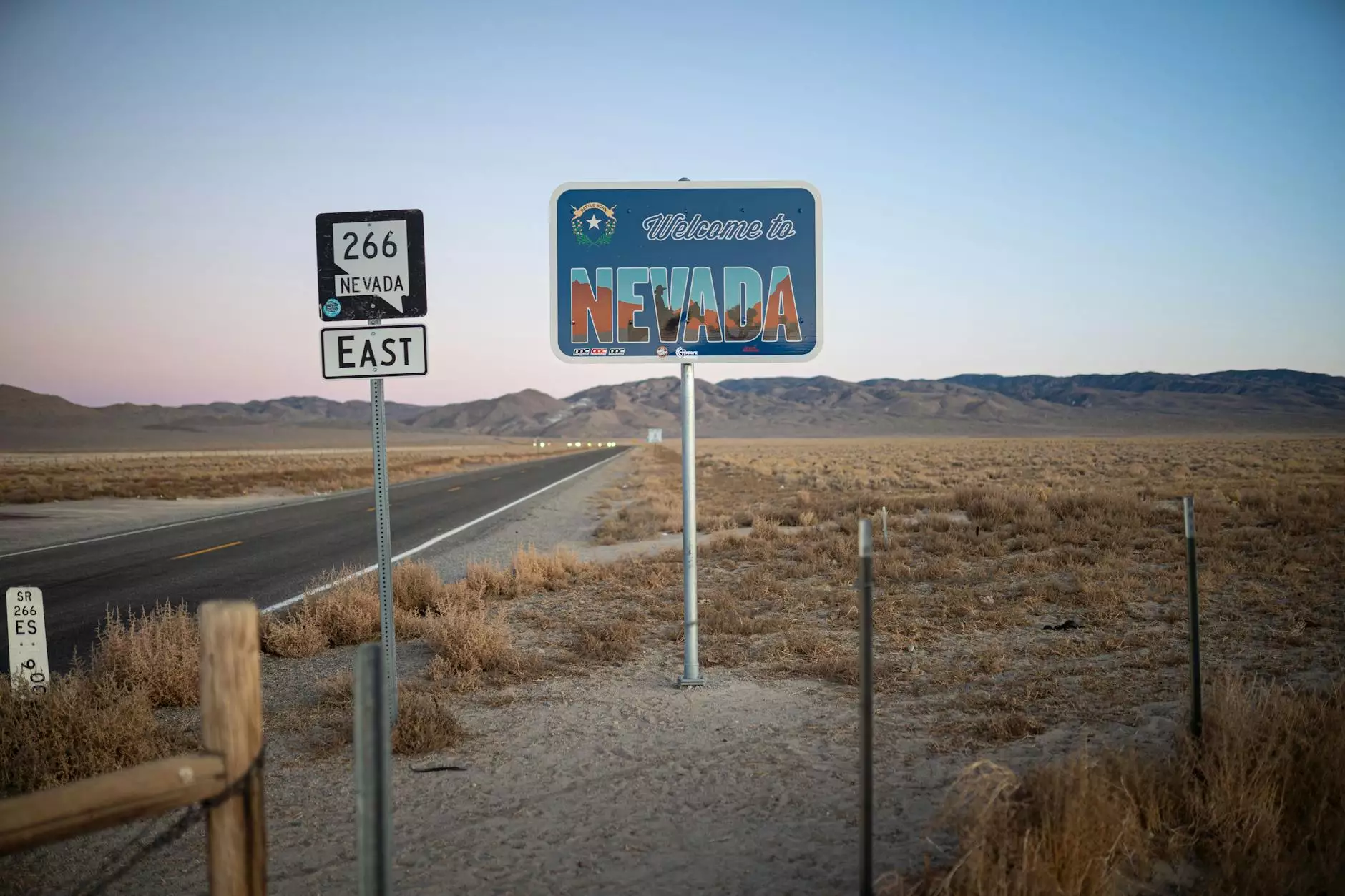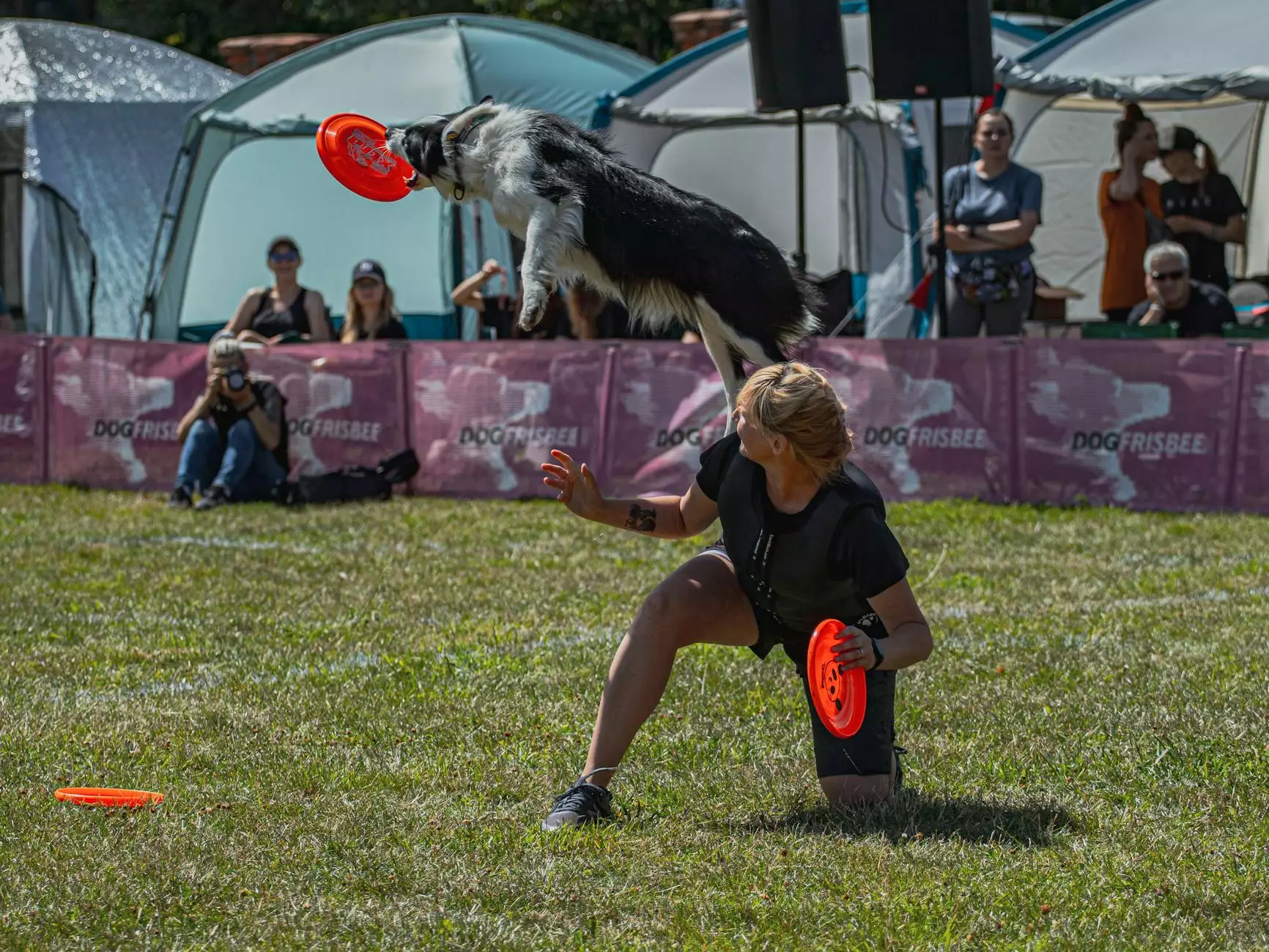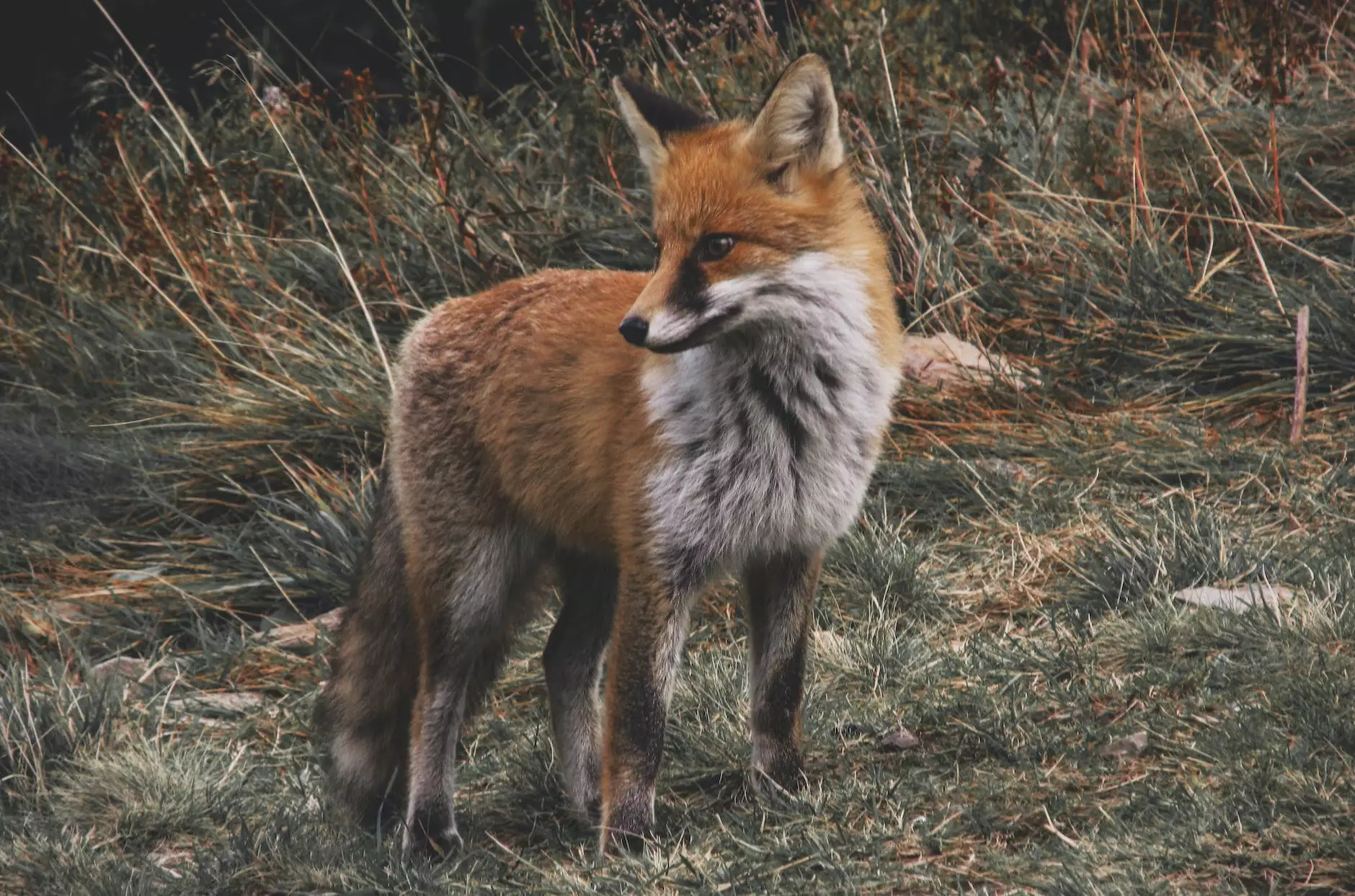Rattlesnake Season Heats Up in Southern Nevada
Environment
Introduction
Welcome to Nevada Business Chronicles, your trusted source for valuable information on various topics concerning southern Nevada. In this article, we dive into the intense phenomenon of rattlesnake season and its impact on the local community.
The Danger of Rattlesnake Encounters
Rattlesnake season in Southern Nevada brings about an increased risk of encountering these venomous creatures. Understanding their behavior, habitat, and prevention methods are crucial for maintaining safety levels within our region.
Identifying Rattlesnakes
Rattlesnakes are characterized by their distinct rattle, which serves as a warning signal when they feel threatened. Their scales have a unique pattern, allowing for easy identification. The most common rattlesnake species found in Southern Nevada include:
- Mojave rattlesnake (Crotalus scutulatus)
- Western diamondback rattlesnake (Crotalus atrox)
- Southwestern speckled rattlesnake (Crotalus mitchellii)
Rattlesnake Habitat
Rattlesnakes thrive in various habitats, including deserts, rocky areas, grasslands, and even suburban neighborhoods. It's essential to maintain caution in any outdoor environment, as these snakes can adapt and thrive in both natural and human-occupied settings.
Preventing Rattlesnake Encounters
To minimize the risk of encountering rattlesnakes, we recommend following these measures:
- Keep your surroundings clean: Remove debris, wood piles, and tall grass where rattlesnakes may hide.
- Seal gaps and holes: Inspect your property for any openings that may allow snakes to enter.
- Wear protective clothing: When hiking or venturing into rattlesnake-prone areas, wear long pants, sturdy boots, and avoid walking blindly through tall grass.
- Stay on designated paths: Stick to established trails and avoid venturing off the beaten path.
- Be cautious at night: Rattlesnakes are more active during the cooler hours of the day, so exercise heightened awareness after sunset.
- Illuminate your surroundings: Use sufficient outdoor lighting to deter snakes from entering your property.
What to Do if You Encounter a Rattlesnake
Despite our best efforts, rattlesnake encounters may still occur. If you find yourself face-to-face with a rattlesnake, remember these essential tips:
- Remain calm: Do not panic or make sudden movements that may startle the snake.
- Give snakes their space: Maintain a safe distance, at least six feet away.
- Do not provoke them: Do not attempt to capture, harm, or handle the snake.
- Leave the area: Slowly and cautiously retreat to a safe distance.
- Seek medical attention if bitten: If you or someone else is bitten by a rattlesnake, seek immediate medical assistance.
Local Resources for Rattlesnake Awareness
Being aware and well-informed about rattlesnakes is crucial for the safety of our community. Should you desire more detailed information or professional assistance, consider contacting the following local organizations specializing in rattlesnake awareness and control:
- Nevada Rattlesnake Awareness Organization
- Southern Nevada Rattlesnake Control Services
- Las Vegas Wildlife Rehabilitation Center
In Conclusion
As rattlesnake season heats up in Southern Nevada, it is imperative to educate ourselves on the risks and preventive measures associated with rattlesnake encounters. By promoting awareness and practicing caution, we can mitigate potential dangers and enjoy the natural beauty of our region. Stay safe, stay informed, and remember to watch your step!




